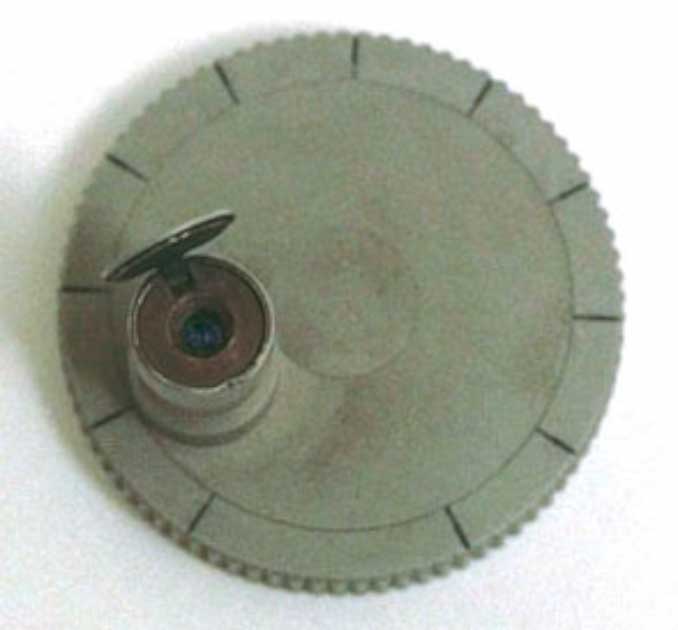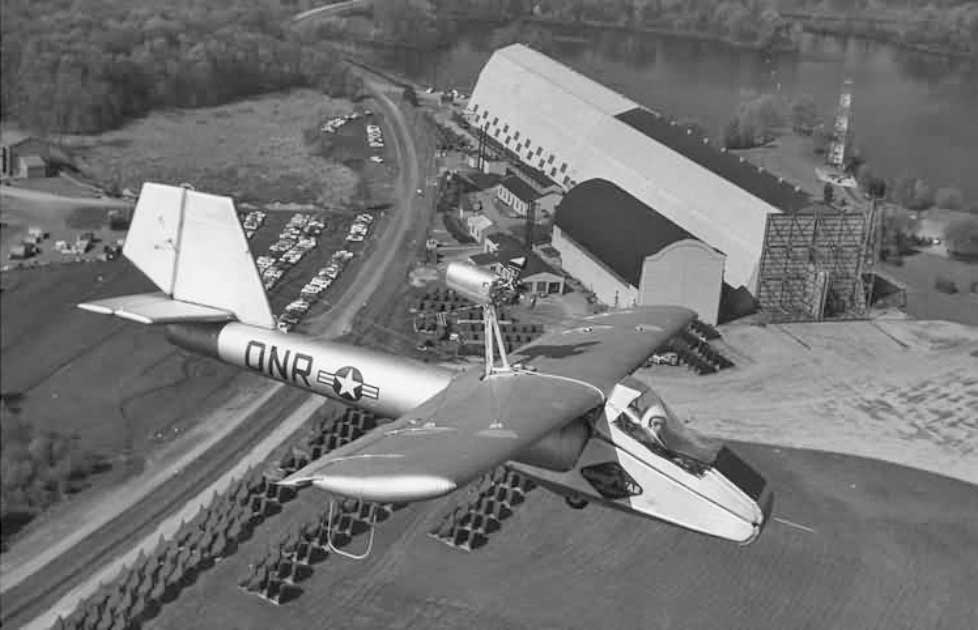The United States Central Intelligence Agency or CIA is one of the premier foreign intelligence agencies in the world. It has served as one of the significant contributors to the national security of the United States.
Currently, the agency focuses primarily on collecting, analyzing and evaluating foreign intelligence alongside carrying out covert operations. The intelligence agency has an interesting history of many quirky weapons and tools designed for spycraft.
And yes, they really did have an inflatable plane in the 1950s, which is probably one of the prominent examples of how the agency experimented with new tools to achieve their goals. No matter what your opinion on the CIA, they were always innovative.
You might have imagined CIA spies with jetpacks or sedative-laced hairpins like in the James Bond movies. However, an inflatable plane catches anyone by surprise. What was the story of this plane, and what happened to it?
Strange Spycraft
The CIA inflatable plane developed in the 1950s was only one of many unusual inventions cooked up by the CIA when the Cold War was at its coldest. Innovation in itself was an important part of the tools the CIA developed in this era: the unusual was coveted, as the enemy would never see it coming.
The CIA Museum in Washington DC presents an intriguing picture of the thinking that the top men at the CIA were engaged in. You can find a massive collection of the gadgets used by CIA agents in past spy missions.
Although the intelligence agency has declassified only around 600 objects out of almost 20,000 used by CIA agents throughout history, it is enough to offer an understanding of their spycraft. A few gadgets can even make you wonder what the agency was thinking, or simply baffle a disinterested observer.

Examples of practical and fascinating spycraft weapons developed by the CIA include a pipe concealing a radio, or a cigarette pack concealing a camera. Such cameras, not always disguised, could take microscopic photos for copying sensitive documents without a trace.
- Project Azorian: Did Howard Hughes Try to Steal a Russian Sub?
- Operation Northwoods: A US Terror Campaign Against Itself?
The “Acoustic Kitty” is one of the more unusual experiments by the CIA. This experiment, conducted in the mid-60s and costing around $20 million, involved implanting a microphone inside a cat and having it move around the Soviet Embassy.
Another strange spycraft weapon the CIA developed was explosive flour, which was edible and could be baked into cakes and pastries. However, it had a unique twist because it could explode. There was also “Charlie,” the robot fish, which was one of the agency’s early experiments in an attempt to build underwater spy robots.
Yes, but an Inflatable Plane?
For all the weirdness of these inventions, they are at least easily understandable and seem like potentially practical solutions. However an inflatable plane seems like something out of a cartoon, totally implausible in the real world. And yet the CIA built it.
The origins of the inflatable plane go back to May 1958, when a pilot named Allen Pope was left stranded on an Indonesian island during what was known as the Indonesian Crisis. The Indonesian Navy shot down his Douglas B-26 Invader aircraft during a covert bombing raid.
Pope was captured and was held on house arrest at a jungle resort. His captors thought him far beyond the reach of any rescue attempts, and so he was allowed a certain degree of freedom and was permitted to roam the grounds of the complex.
At this point, the Technical Services Staff of the CIA came up with the idea of air-dropping a packaged inflatable plane near Pope’s location. The plane could then be inflated by Pope and then he could fly off the island to freedom.

The agency needed experts in inflatables, however, and collaborated with the obvious option: the Goodyear Tire and Rubber Company helped to design the inflatable plane. The concept had been in development for some time, and the technical staff at the agency came up with two distinct ideas for designing the inflatable plane.
The first design involved hollow compartments in the plane housing special pellets. When water was added to these compartments and came into contact with the pellets they would produce an inert gas, filling the inflatable spaces and automatically preparing the plane.
- UK Prime Minister Turned Traitor: Was Harold Wilson a Communist Spy?
- The TP-82 Pistol: Why Did the Soviets Take Guns to Space?
Another potential version of the CIA inflatable involved running the engine in tandem with a pump until the plane was inflated. In both cases, the design of the inflatable plane was meant to make it airborne within the fastest time possible. At the same time, the inflatable plane was also designed as a raft that could use any water body as a landing or takeoff strip.
Did They Do It?
The design of the CIA inflatable plane had the potential to revolutionize the reconnaissance and rescue operations of the agency. But the prototype with a reservoir housing chemical pellets which would fill the plane with an internet gas upon coming in contact with water never saw the light of the day.
In fact, the CIA abandoned the entire idea. We don’t know why, but it would seem logical that the reasons for dropping the plan were practical ones. Allen Pope had to stay under house arrest until 1962 before finally being rescued by CIA-sponsored paramilitary soldiers.
But whether the practical problems were with the plane itself or other aspects of the rescue is not clear. It is important to note that no one found an opportunity to verify whether the inflatable airplane was a practical design. The agents and engineers associated with the project certainly believed that the inflatable plane was a viable invention, and confirmed that the inflatable plane worked according to the desired specifications.
CIA technicians thought of using the inflatable plane prototype as a response to a similar crisis later. However, the prototype had been damaged in the warehouse due to its long period in storage, which had led to the rubber perishing.
Ultimately, the prototype for the CIA inflatable plane had to be discarded forever among the many other rejected spycraft projects by the agency. Untested, unloved and ultimately unwanted, this most bizarre of contraptions was consigned to the trashcan of history.
We have the design specs however, and the overview of the design of the inflatable rubber airplane by the CIA shows that it could have been a practical choice for rescue operations. However, it is also important to wonder about the practicality of using the inflatable plane in rescue operations in warzones and other areas of intensive combat.
Furthermore, the concerns about maneuvering and controlling the rubber airplane also create doubts about its functionality. On the other hand, the accounts of agents involved in the project suggest the idea’s feasibility. The inflatable plane could have been one of the most interesting tools for spycraft only with the right functionalities and design improvements.
Top Image: The Inflatoplane, developed by Goodyear and the CIA. Could it have worked? Source: Unknown Author / Public Domain.
By Bipin Dimri
References
Rothman, W, 2008. CIA Airlines: Inflatable Getaway Plane Delivered Upon Request. Available at: https://gizmodo.com/cia-airlines-inflatable-getaway-plane-delivered-upon-r-392543
Catfish, 2012. The Goodyear Inflatable Plane. Available at: https://civilianmilitaryintelligencegroup.com/the-goodyear-inflatable-plane/
Wikipedia, 2022. Goodyear Inflatoplane. Available at: https://en.wikipedia.org/wiki/Goodyear_Inflatoplane